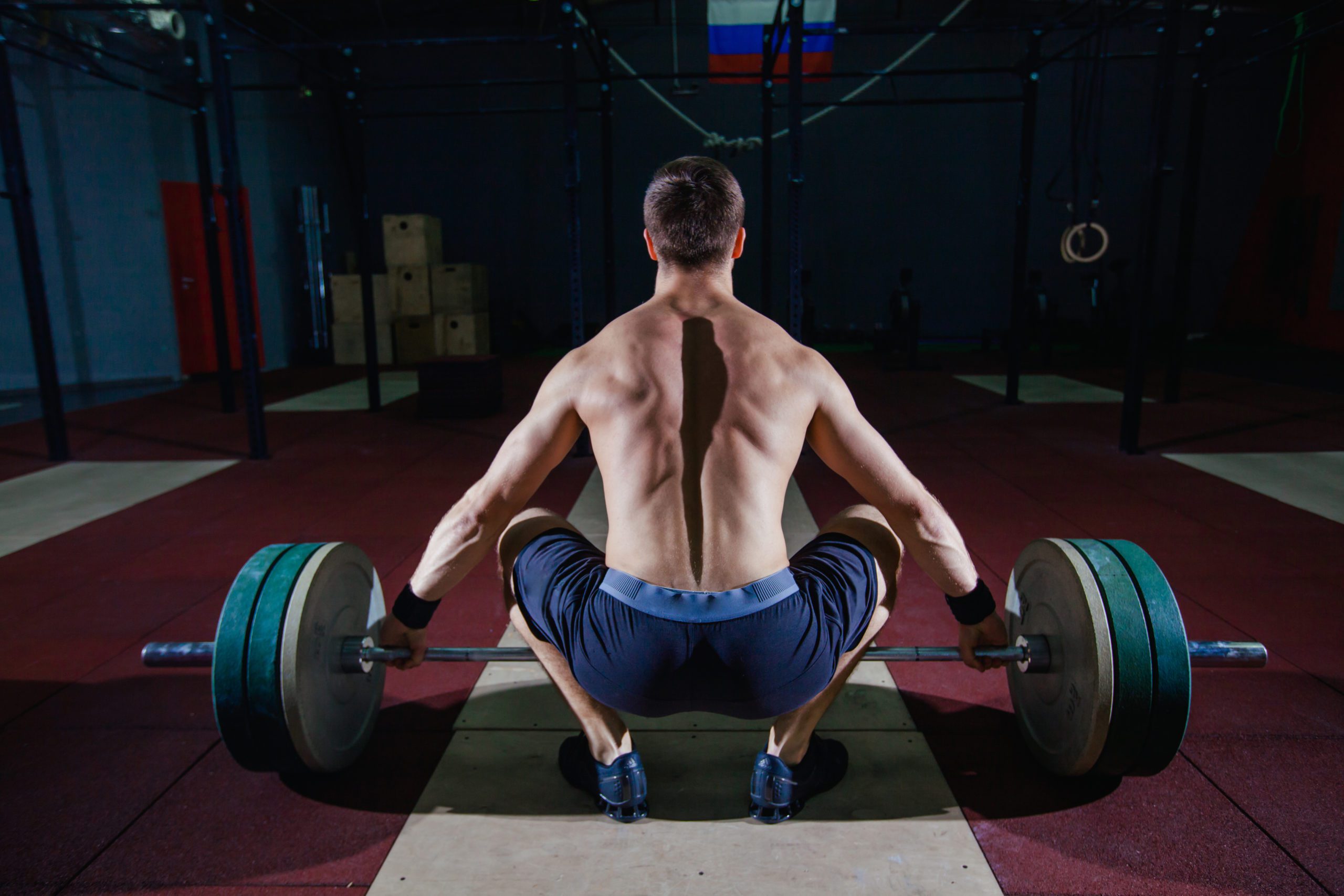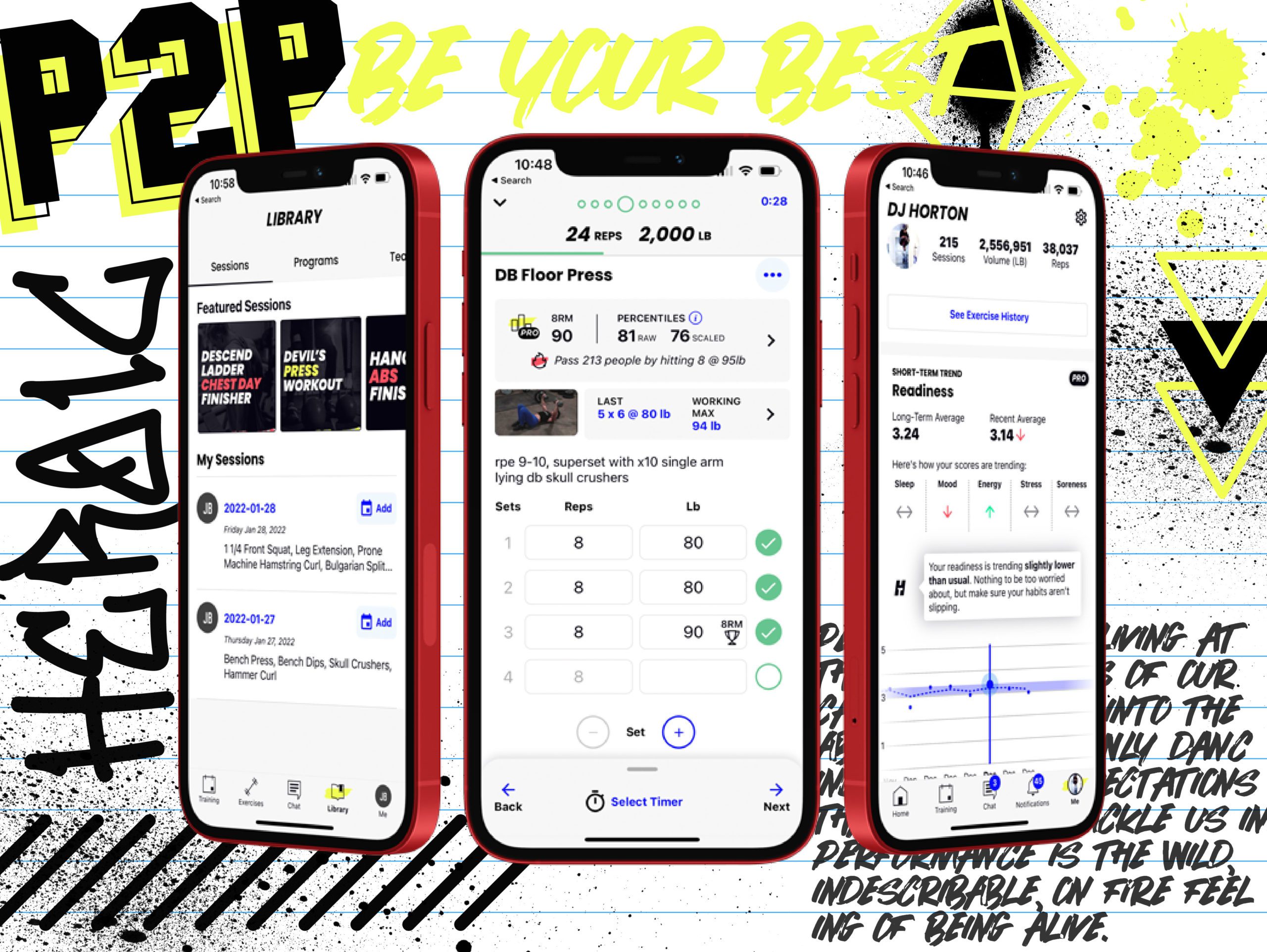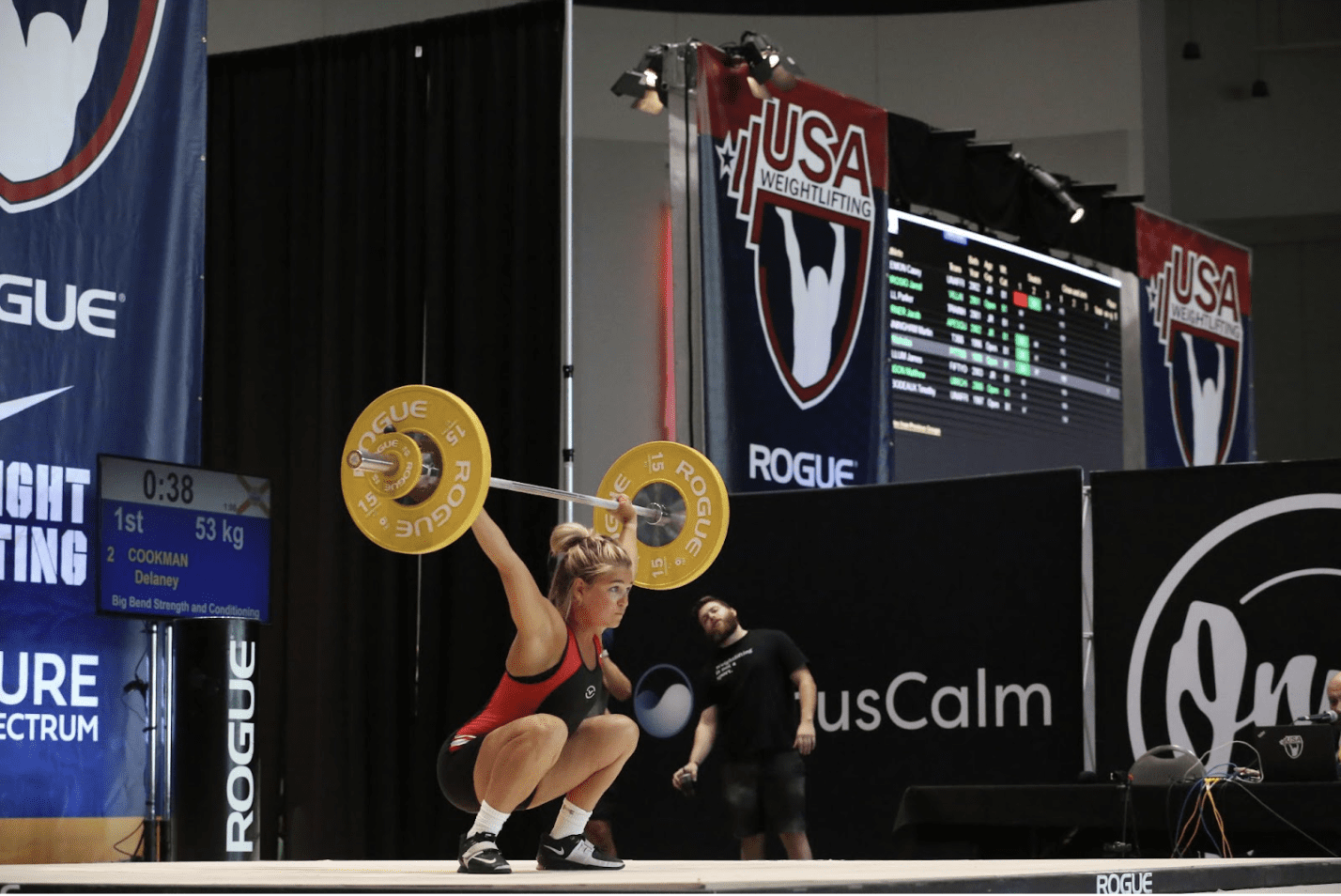Intro to Wave Training For Olympic Weightlifting

Do you struggle with your warmup lifts looking like trash until you hit like 70%? Do your eyes glaze over when coach says something like, “your PVC pipe technique should look the same as your 90% technique.” Cool, it never does.
Brian Chambers is the owner and head coach of Big Bend Strength, an online resource for olympic weightlifting and strength training. Big Bend Strength has produced athletes at the state, national, and international level in weightlifting since 2017. In this piece, he gives you a primer on wave training for Olympic lifters. Learn why you need to manage your power output and how.
Check out his sample wave training sets at the end!

Power Output vs Weightlifting Technique
Raise your hand if you’ve ever had this thought during training:
“Yeah, my technique isn’t great right now, but it gets better when the weight gets heavier.”
You’re not alone, but that doesn’t mean it’s a good thing. This is actually a very common issue for beginner lifters. It’s often less about your technique being bad and more about mistaking power output for technical changes.
Your technique SHOULD be consistent from lighter reps to heavier reps. Your POWER OUTPUT, or “oomph” is what changes. Many times, newer lifters will alter their technique with lighter weights by cutting their pull short when they should be dialing back on their power output.
A great way to visualize this is to watch world champion lifters like Lasha Talakhadze. Lasha snatches 225kg/496lbs. That’s a hell of a lot of weight, but he still works on lighter (casual) sets at 70kg/155lbs while warming up to his big lifts.
If he were to snatch 70kg with the same “oomph” that he does with 225kg, then he’d throw the bar through the roof! He knows that he needs to restrain his power on lighter weights, but NOT change his technique.
Check out this video from Weightlifting House to see Lasha in action.
You Work too Hard to Not See Progress
Find Your Perfect Training Plan
Options for Every Goal
Training plans from real coaches covering any goal, fitness level, and number of sessions per week.
The Best Coaches
Get coached by the best. Olympians, ex-NFL stars, Titan Games Winners, Sport Scientists and more.
Starting at $1/ day
With many options including a free 7 day trial, you can try out programming before you commit.
Modify Your Power Output With Wave Training
There are two ways to start feeling more intuitive about your power effort for each lift.
- Put in thousands of reps to learn what every single weight feels like and how hard you have to work at each weight.
- Implement wave training (while still doing #1).
Wave training is the practice of building up in weight, then back down, and back up again, for multiple “waves”.
Most lifters are accustomed to increasing weight across sets, but jumping back down in weight gives you more immediate feedback for your next set. It makes you aware if you’re not extending enough, if your timing is off, or you’re rushing the lift.
There are two main methods of wave training:
- Waves of both the reps and weight
- Waves of just the weight alone
Each method has its own purpose and benefits. While both are effective, make sure to use them in the right scenario depending on what needs work. Check out sample wave sessions for both methods below.
Method 1: Waving Reps & Weights
This method is great for those who can tolerate or need more volume in their training. It’s ideal for lighter percentages and more attention to detail on technique.
Snatch or C&J
3@70% , 2@75%, 1@80%
3@73%, 2@78%, 1@83%
3@75%, 2@80%, 1@85%
Method 2: Waving Weights Only
This method is more ideal when practicing consistency at higher percentages. Fatigue comes into play when you wave both weight AND reps, so use this version to feel comfortable at those heavier weights instead.
Snatch or C&J
1@80%, 1@85%, 1@90%
1@85%, 1@90%, 1@93%
1@90%, 1@93%, 1@95%
Level Up Your Training
With TrainHeroic’s immersive training app
TrainHeroic does everything you wish your old gym notebook could do.
Take the guesswork out of training with built-in exercise instruction and basic training programs. Compete against yourself and others. Track your performance and readiness. Smash your goals.

Keep in mind that if you struggle to adapt your power output, waves will not be a magic-fixer-of-all. (Nothing ever is in weightlifting — if your technique has obvious holes, work on that first.) Waves will likely feel uncomfortable and very inconsistent at first, especially when moving back down in weight.
Stick with it for multiple waves and multiple weeks. You’ll start to see some dramatic improvements in the quality of your lighter reps, which will lead to improvements in heavier and PR weights.

Want Training Tips, Exercise Guides & Knowledge Bombs Sent to Your Inbox?
Sign up for the FitNerd newsletter from TrainHeroic
Related articles
32 & Lifting: Reflections on My First Powerlifting Competition
Stepping onto the powerlifting platform at 32, just 13 months post-ACL surgery, Fred Ormerod chronicles his return to competitive sports after a 14-year hiatus. From shedding over 15kg to meet weight class requirements to confronting self-doubt and embracing the...
Active Recovery Strategies for Strength Athletes
Active recovery isn’t just about taking it easy—it’s a smart way to keep your body moving, boost circulation, and enhance performance without adding fatigue. While passive recovery has its place, low-intensity movement between sessions helps reduce stiffness and...
Intermittent Fasting for Shift-Working Athletes
Shift work can make fueling for performance feel like a constant battle. Between erratic schedules, disrupted sleep, and unpredictable training windows, sticking to a nutrition plan can be tough. Intermittent fasting (IF) offers a flexible approach that may already...

Join the community
Sign up for the latest training news and updates from TrainHeroic

About TrainHeroic
Support
Made with love, sweat, protein isolate and hard work in Denver, CO
© 2021 TrainHeroic, Inc. All rights reserved.






